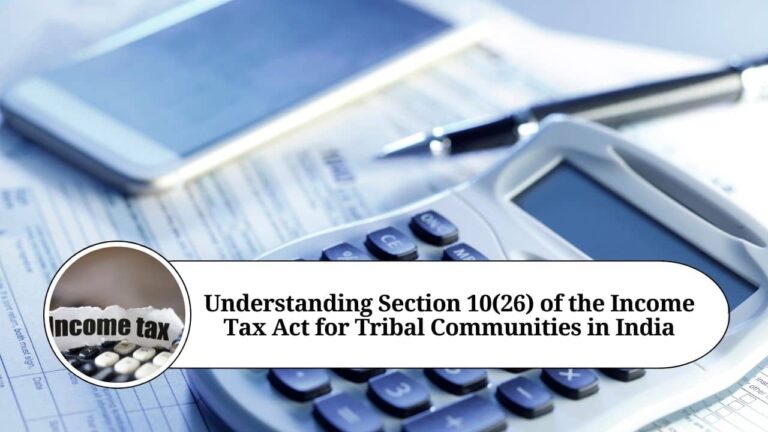Introduction
The Interest Service Coverage Ratio (ISCR) is a vital financial metric that helps businesses and investors assess a company’s ability to meet its interest obligations from its earnings before interest and taxes (EBIT). This ratio is crucial in determining the financial health and risk level of a company, especially when dealing with debts. In this comprehensive guide, we’ll explore the importance of ISCR, how to calculate it, and its relevance in the world of business finance.
What is Interest Service Coverage Ratio?
The Interest Service Coverage Ratio (ISCR) is a measure used to determine how well a company can meet its interest payments on outstanding debt with its operating income. It indicates the company’s capacity to sustain debt levels without compromising its financial health. A high ISCR is usually a sign of a financially stable company, while a lower ratio may suggest potential financial distress.

Formula for Calculating ISCR
To calculate the ISCR, you can use the following formula:Interest Service Coverage Ratio (ISCR)=EBIT (Earnings Before Interest and Taxes)Interest Expenses\text{Interest Service Coverage Ratio (ISCR)} = \frac{\text{EBIT (Earnings Before Interest and Taxes)}}{\text{Interest Expenses}}Interest Service Coverage Ratio (ISCR)=Interest ExpensesEBIT (Earnings Before Interest and Taxes)
Where:
- EBIT: Earnings before interest and taxes, representing the operating income of the company.
- Interest Expenses: The cost incurred by a company in servicing its debt.
For example, if a company has an EBIT of ₹10,00,000 and interest expenses of ₹2,00,000, the ISCR would be calculated as:ISCR=10,00,0002,00,000=5\text{ISCR} = \frac{10,00,000}{2,00,000} = 5ISCR=2,00,00010,00,000=5
This means that the company earns five times more than the interest payments it owes, indicating a strong financial position.
Why is ISCR Important?
- Financial Health Assessment: ISCR is a quick snapshot of a company’s ability to cover interest payments. Investors and creditors use this ratio to evaluate whether the company is capable of repaying debts without falling into financial trouble.
- Creditworthiness: A higher ISCR suggests that a company is in a better position to meet its debt obligations, making it more attractive to lenders and investors. Companies with a low ISCR may face difficulty securing loans or might have to pay higher interest rates.
- Risk Management: ISCR helps in assessing the risk of default. Companies with consistently low ratios are at a higher risk of defaulting on their loans, especially during economic downturns.
- Operational Efficiency: A stable or improving ISCR over time can also indicate efficient operations and good management of financial resources.
Interpreting the Interest Service Coverage Ratio
- ISCR > 1: The company is generating sufficient earnings to cover its interest expenses, which is a positive sign. The higher the ratio, the better.
- ISCR < 1: The company is not generating enough earnings to cover its interest expenses, which could signal financial trouble.
Most financial analysts and lenders prefer an ISCR of at least 2, indicating that the company generates double the amount needed to cover interest payments. However, the ideal ratio can vary by industry.
Factors Affecting ISCR
- Profitability: A company’s earnings directly impact the ISCR. Higher profitability leads to a higher ratio.
- Debt Levels: The amount of debt a company holds affects its interest payments, which in turn impacts the ISCR. High debt levels result in higher interest expenses, which can lower the ISCR.
- Economic Conditions: In times of economic downturns, companies may face reduced revenues, which could negatively impact their EBIT and ISCR.
- Industry Norms: Some industries, such as utilities and real estate, typically operate with lower ISCRs due to their capital-intensive nature.
Improving the Interest Service Coverage Ratio
- Reduce Debt Levels: One of the most straightforward ways to improve the ISCR is by reducing debt, which lowers interest payments.
- Increase Operational Efficiency: Improving operational processes and reducing costs can lead to higher EBIT, thereby improving the ISCR.
- Renegotiate Loan Terms: Companies can also work with lenders to renegotiate interest rates or extend loan durations to reduce their interest expenses.
- Boost Revenues: Increasing revenues through sales growth, product diversification, or expanding into new markets can help increase EBIT, thus boosting the ISCR.
FAQs on Interest Service Coverage Ratio
1. What is a good ISCR ratio? A good ISCR ratio is typically 2 or higher. This means the company generates twice the earnings required to meet its interest payments.
2. What happens if a company’s ISCR is below 1? If the ISCR is below 1, it indicates that the company is not generating enough income to cover its interest expenses, which can lead to financial difficulties or default.
3. How does ISCR differ from Debt Service Coverage Ratio (DSCR)? While ISCR focuses solely on interest payments, the Debt Service Coverage Ratio (DSCR) includes both interest and principal repayments, giving a broader view of a company’s ability to meet its debt obligations.
4. Can ISCR be negative? Yes, ISCR can be negative if a company’s EBIT is negative, indicating that the company is operating at a loss and unable to cover its interest payments.
Conclusion
The Interest Service Coverage Ratio (ISCR) is an essential metric for businesses and investors alike, providing valuable insight into a company’s ability to manage its debt obligations. By understanding and improving this ratio, companies can better position themselves for financial stability, while investors can make more informed decisions regarding potential investments.
By keeping an eye on ISCR, businesses can ensure they are on a sound financial footing, even in uncertain economic times.




